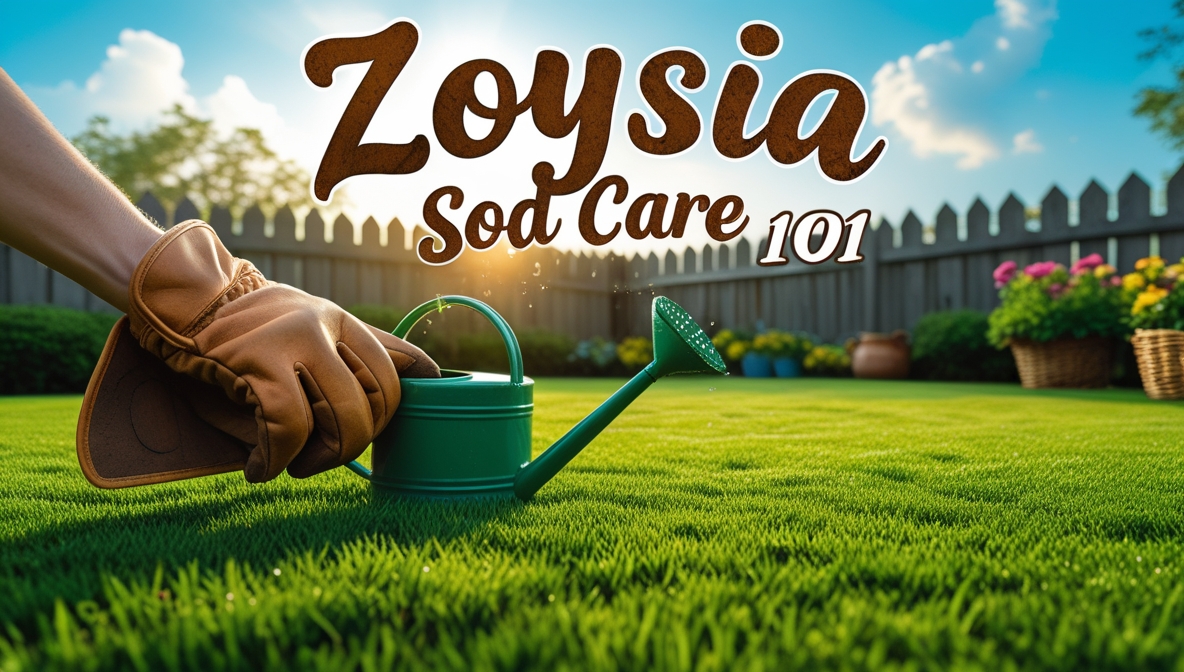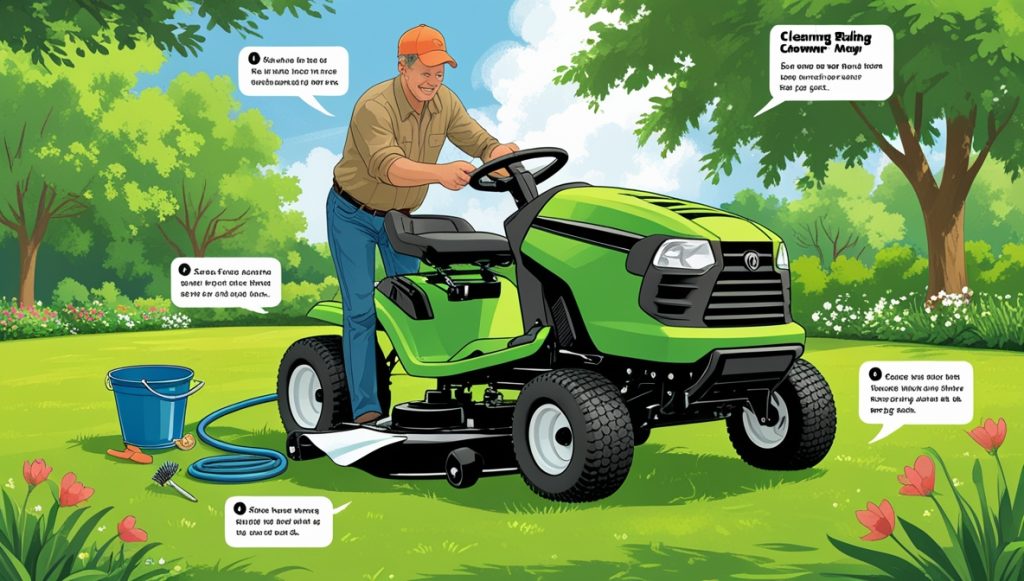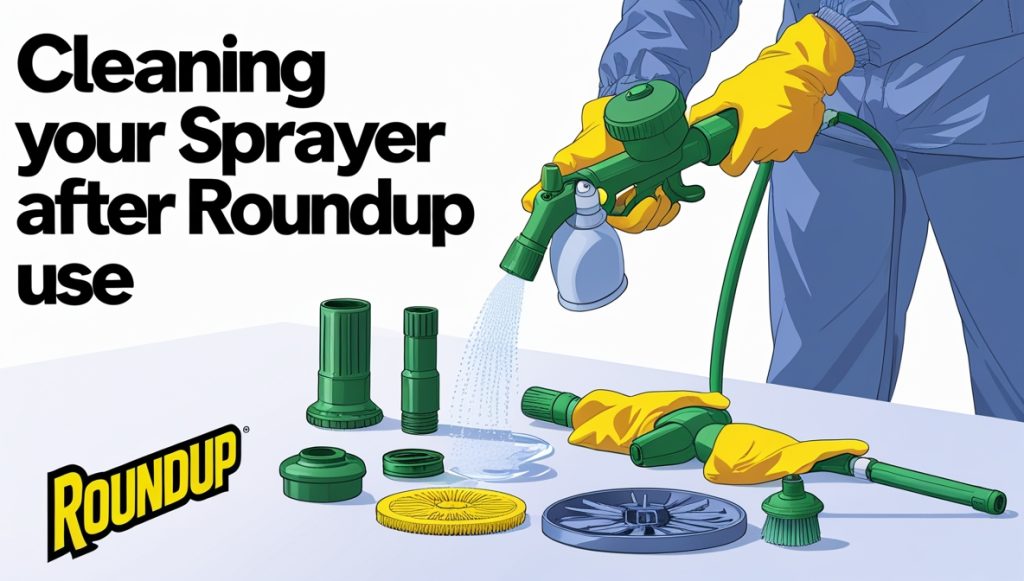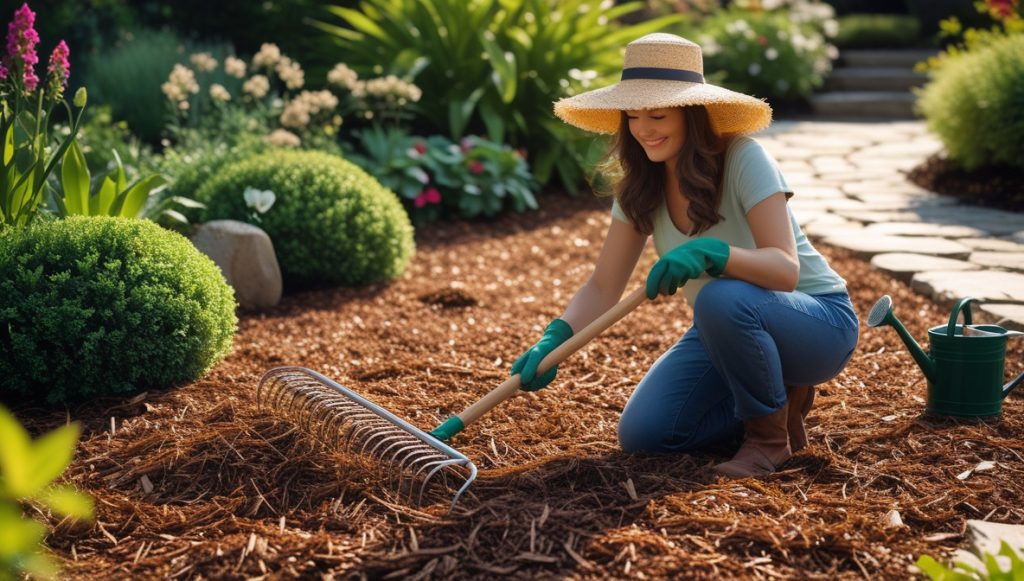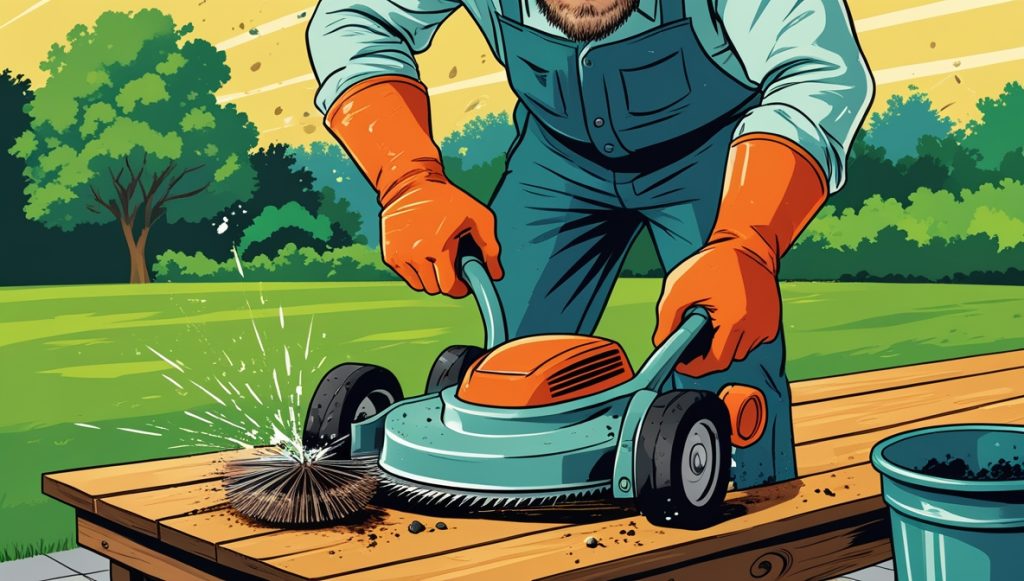So, you’ve got yourself some beautiful Zoysia sod! Congratulations! This incredibly durable and attractive grass is a fantastic choice for many lawns, but it does require a bit of know-how to keep it looking its best. This guide will walk you through everything you need to know about caring for your Zoysia lawn, from initial planting to winterizing. Let’s get started!
Contents
Getting Started with Your Zoysia
Laying Zoysia sod is relatively straightforward. Ensure your soil is properly prepared before installation – level, free of rocks and debris, and with good drainage. Water the soil thoroughly before laying the sod to help it settle. Once laid, gently firm the sod into place to ensure good contact with the soil. Avoid walking on the newly laid sod as much as possible for the first few weeks to allow the roots to establish.
After laying the sod, water deeply and regularly for the first few weeks. This helps the sod to root quickly and establish a strong root system. Aim for at least 1 inch of water per week, adjusting based on weather conditions. Avoid overwatering, as this can lead to disease. Regular watering is key to a healthy start for your new Zoysia lawn. Remember to use a slow, deep watering method to encourage deep root growth.
Finally, during the initial establishment phase, avoid heavy foot traffic and mowing. Give your new Zoysia lawn time to fully establish before subjecting it to these stressors. Patience pays off; a well-established Zoysia lawn will be more resilient and require less maintenance in the long run.
Watering Your Zoysia Lawn Right
Proper watering is crucial for a healthy Zoysia lawn. Avoid frequent, shallow watering, which encourages shallow root growth and makes your lawn more susceptible to drought stress. Instead, water deeply and less frequently. Aim for about 1 inch of water per week, but adjust based on rainfall and weather conditions. During periods of intense heat, you may need to water more often.
The best time to water your Zoysia lawn is early in the morning. This allows the water to soak into the soil before the sun evaporates it. Watering in the evening can lead to fungal diseases, as the grass stays wet overnight. Use a soaker hose or drip irrigation system for even water distribution, avoiding overhead sprinklers which can damage the grass blades.
Monitor your lawn’s moisture level regularly. If the grass blades start to look wilted or turn bluish-grey, it’s a sign that it needs water. When in doubt, check the soil moisture a few inches below the surface. Consistent monitoring helps you avoid both underwatering and overwatering, keeping your Zoysia healthy and vibrant.
Feeding Zoysia: Fertilizer Guide
Zoysia grass benefits from regular fertilization to maintain its vibrant green color and dense growth. Apply a slow-release fertilizer specifically formulated for Zoysia grass in early spring and again in early fall. Avoid fertilizing during hot summer months, as this can stress the grass and lead to burning. Always follow the fertilizer package instructions carefully.
Choose a fertilizer with a balanced NPK ratio, such as 16-16-16 or 20-20-20. These numbers represent the percentage of nitrogen (N), phosphorus (P), and potassium (K) in the fertilizer. Nitrogen promotes leaf growth, phosphorus aids root development, and potassium enhances disease resistance. Avoid using fertilizers high in nitrogen alone, as this can encourage weak growth and increase disease susceptibility.
In addition to regular fertilization, consider soil testing to determine your lawn’s specific nutrient needs. A soil test can help you choose the right fertilizer and avoid over-fertilizing, which can harm your Zoysia lawn and the environment. Remember, less is often more when it comes to fertilization.
Mowing for a Healthy Zoysia
Mowing your Zoysia lawn correctly is essential for its health and appearance. The ideal mowing height for Zoysia is between 1 and 2 inches. Never remove more than one-third of the grass blade height in a single mowing. Mowing too short can stress the grass, making it more susceptible to disease and weeds.
Sharp mower blades are crucial for a clean cut. Dull blades tear the grass blades, leaving them ragged and susceptible to disease. Sharpen or replace your mower blades regularly, usually once or twice per season. Consider mulching your grass clippings, as they provide a natural source of fertilizer for your lawn.
Regular mowing is also important for preventing thatch buildup. Thatch is a layer of dead and decaying grass that can smother your lawn. Regular mowing helps to reduce thatch buildup, keeping your Zoysia healthy and vibrant.
Thatch Removal: Keeping it Neat
Thatch buildup can suffocate your Zoysia lawn, hindering its growth and making it more susceptible to disease. If you notice a layer of thatch more than ½ inch thick, it’s time for thatch removal. You can use a dethatching rake or a power rake to remove the thatch. Dethatching is best done in early spring or fall when the grass is actively growing.
If the thatch layer is very thick, you may need to hire a professional to perform the dethatching. Avoid dethatching too aggressively, as this can damage the grass. After dethatching, water your lawn thoroughly to help it recover. Proper fertilization after dethatching will help your Zoysia recover and grow stronger.
Regular mowing and proper fertilization can help prevent excessive thatch buildup. By maintaining a healthy lawn, you can minimize the need for aggressive dethatching.
Pest and Disease Control Tips
Zoysia grass is relatively pest and disease resistant, but it can still be affected by certain problems. Regularly inspect your lawn for signs of pests or disease. Early detection is key to effective control. Common pests include chinch bugs and sod webworms. Common diseases include brown patch and large patch.
For pest control, consider using organic methods such as beneficial nematodes or insecticidal soaps. Chemical pesticides should be used as a last resort and only after consulting with a lawn care professional. For disease control, ensure proper watering and fertilization practices to create a healthy lawn less susceptible to disease. Fungicides may be necessary in severe cases, but preventative measures are always preferred.
Always follow the instructions on any pest or disease control products carefully. Wear protective gear when applying any chemicals. Proper lawn care practices are the best defense against pests and diseases.
Dealing with Weeds in Zoysia
Weeds can compete with your Zoysia grass for nutrients and water, affecting its health and appearance. Regular mowing and proper fertilization help to prevent weed growth. Hand-pulling weeds is effective for small infestations. For larger infestations, consider using a pre-emergent herbicide in early spring to prevent weed seeds from germinating.
Post-emergent herbicides can be used to control existing weeds, but choose a product specifically designed for use on Zoysia grass. Always follow the herbicide label instructions carefully. Avoid using broadleaf herbicides that can damage your Zoysia grass. Selective herbicides target specific weeds without harming the desirable grass.
Proper lawn care practices, such as proper watering and fertilization, create a healthy, competitive lawn that is less susceptible to weed invasion. A strong, dense Zoysia lawn will naturally out-compete many weeds.
Over-seeding Your Zoysia Lawn
Over-seeding your Zoysia lawn can help to thicken it up and fill in bare patches. The best time to overseed is in early fall when temperatures are cooler and there’s adequate moisture. Choose a cool-season grass seed that is compatible with Zoysia, such as perennial ryegrass.
Prepare the soil before overseeding by removing any thatch or debris. Lightly rake the soil to create a seedbed. Spread the seed evenly over the lawn using a spreader. Lightly rake the seed into the soil and water thoroughly. Keep the soil consistently moist until the seeds germinate.
Over-seeding is a great way to improve the density and appearance of your Zoysia lawn. It can also help to improve its resilience to wear and tear.
Aerating for a Lusher Zoysia
Aerating your Zoysia lawn helps to improve soil drainage, allowing water, air, and nutrients to reach the roots more easily. This leads to a healthier, more vibrant lawn. Core aeration is the most effective method, using a machine to remove small plugs of soil. The best time to aerate is in early spring or fall when the grass is actively growing.
Aerating is particularly beneficial for compacted soils. Compacted soil prevents proper root growth and can lead to a weak, unhealthy lawn. After aerating, topdress the lawn with a thin layer of compost or topsoil to help fill in the aeration holes and improve soil quality. Water thoroughly after aerating and topdressing.
Regular aeration, combined with proper fertilization and watering, helps to create a lush, healthy Zoysia lawn that thrives.
Winterizing Your Zoysia Sod
As temperatures drop, prepare your Zoysia lawn for winter. The most important step is to ensure that your Zoysia lawn goes into dormancy with sufficient moisture. Water deeply before the first frost to ensure adequate hydration. Avoid overwatering, as this can increase the risk of disease.
